We will use Rumpelstiltskin by Jakob and Wilhelm Grimm as a textbook example of a fairy tale. Before that, we should know what is the crucial element of a classic fairy tale - transformation. The main character (and often several other characters) in the story should change so much that his or her life at the end would never be the same as at the beginning.
We can also say that at least one of the characters should at least symbolically grow up, what is in fairy tales is mostly shown by getting a job, finding a spouse, or establishing his or her new home. Such transformation is a necessary although not a sufficient condition for a fairy tale.
This means we should be able to notice some kind of transformation in Rumpelstiltskin as well. Let me show you, not one, but ten such transformations!


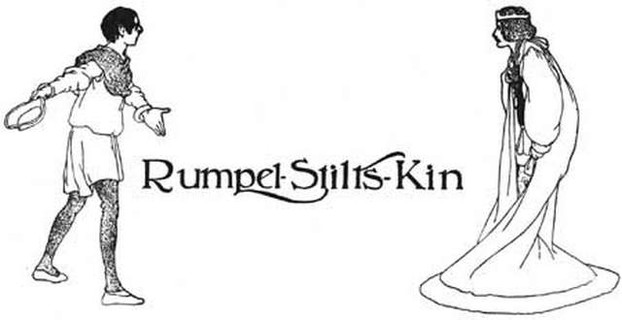
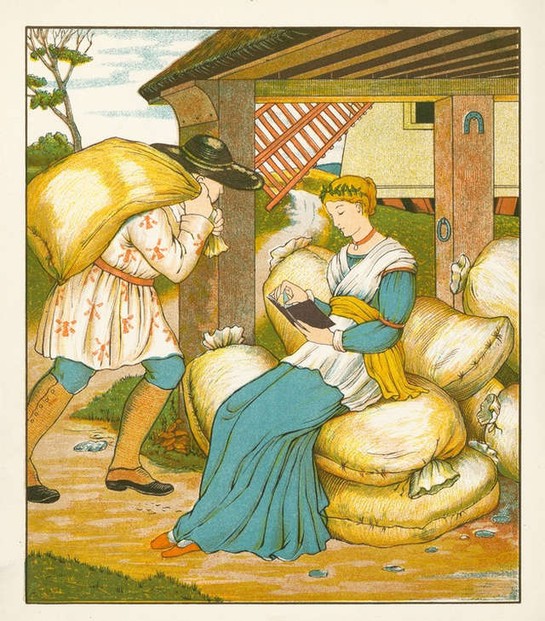
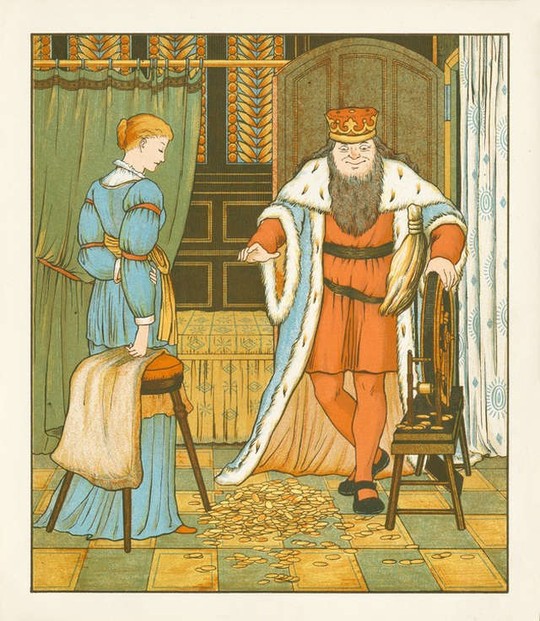
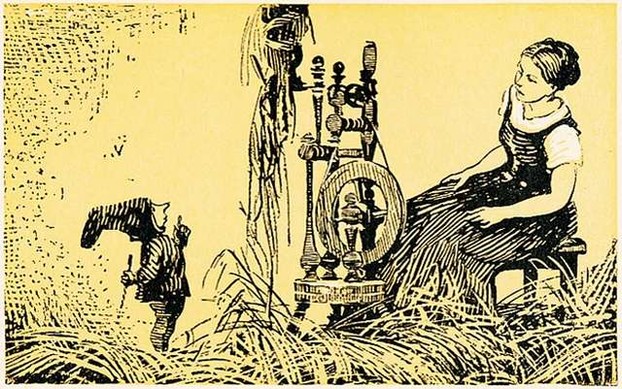
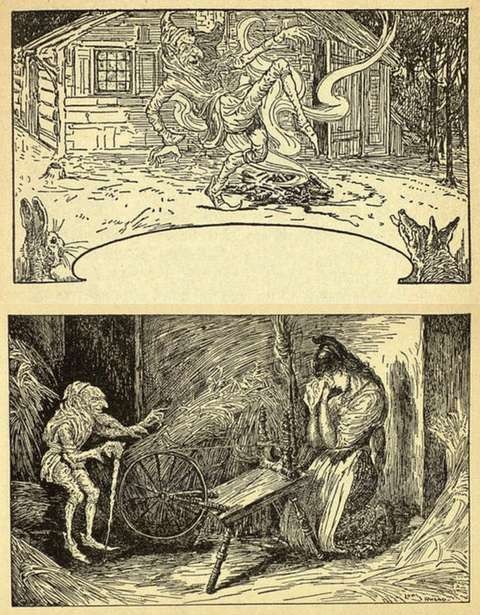
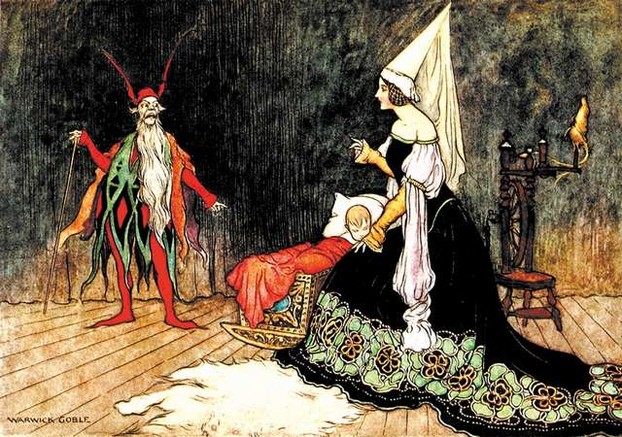
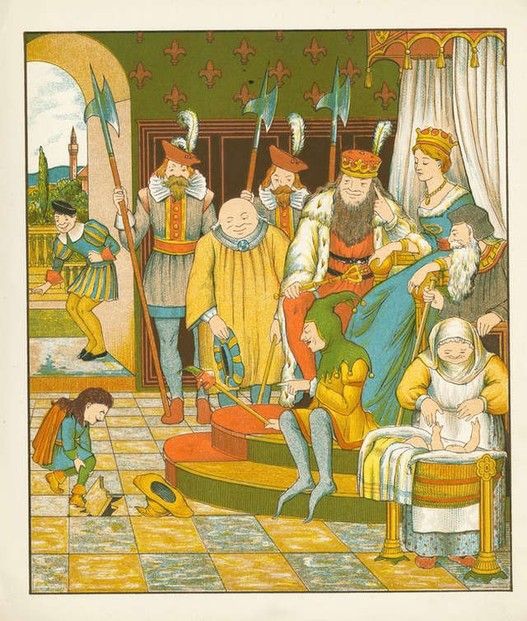
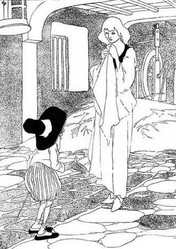

 Vintage Postcard Artists with 10 Examples of Easter Cardson 02/21/2025
Vintage Postcard Artists with 10 Examples of Easter Cardson 02/21/2025
 Valentine's Symbolson 01/23/2025
Valentine's Symbolson 01/23/2025
 Thanksgiving Symbolson 11/12/2024
Thanksgiving Symbolson 11/12/2024
 Famous Witches in Literary Historyon 10/06/2024
Famous Witches in Literary Historyon 10/06/2024
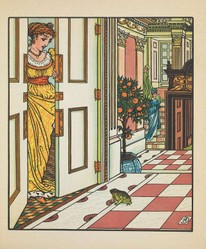
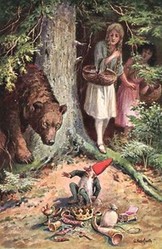
Your Thoughts on Rumpelstiltskin
Of course. We can always use life lessons from fairy tales. A grown up can also related his/her experience much easier than someone who doesn't have any. There's even a saying: one day you'll be old enough to read fairy tales again.
From top to the end: Charles Robinson, George R. Halkett (2x), Karl Muehlmeister, Louis Rhead, Warwick Goble, and George R. Halkett (2x) again. Links at the end will tell you more.
Thank you for your comments below in answer to my previous observations and questions.
Your answer below, on Dec. 29, 2023, that "growing up is an essential part of classic fairy tales" intrigues me.
It's something that I mulled even as I must ask a related question.
Would fairy tales also work a way for someone grown-up to wend if life wronged them and they were unhappy and unlucky?
This computer does not have any browser other than Google Chrome. So I draw no artistic attributions for the in-text images.
Might you have those artistic attributions readily accessible through Mozilla Firefox?
Yes, DerdriuMarriner, growing up is an essential part of classic fairy tales. There are mainy two goals for a grown-up - to marry and establish a new family or to earn some important life-changing amount of money. In the later case this money can be used for the main character or for his family (think about Hansel and Gretel or The Wishing Table).
I am not familiar with details of Grimm's drafts of Rumpelstiltskin. I beleive they coined their version from various different resources and compiled the story as we know it after several rewritings.
I am glad. It seems there are still a few of us here.
Yes, Jo_Murphy, it's a new article.
The summary statement attributes our acquaintance with Rumpelstiltskin to the Grimm Brothers' assiduous fairy-tale collecting.
English Wikipedia and English Wiktionary commence the name with Johann Fischart (1546/1547?-1590/1591?) considering in his Geschichtklitterung (Distortion of history) the children's game Rumpele stilt oder der Poppart (little rattle-stilt [structure-supporting pole/post) or the goblin).
English Wikipedia defers to Ricdin-Ricdon as "an earlier literary variant" by Mme L'Héritier (Nov. 12, 1664-Feb. 24, 1734).
Is it known from when and from where the Grimm Brothers collected the Rumpelstiltskin fairy tale?
The second paragraph to your introduction directs us to the fairy-tale truth that "We can also say that at least one of the characters should at least symbolically grow up, what is in fairy tales is mostly shown by getting a job, finding a spouse, or establishing his or her new home. Such transformation is a necessary although not a sufficient condition for a fairy tale."
Rose Red and Snow White both grow up, correct?
Otherwise, my ever-increasing -- thanks to your wizzlies ;-D -- fairy-tale knowledge inspires thinking about family and friends of the hero/heroine.
Is it typical that, apart Rose Red and Snow White, one person -- such as Hop o' my thumb -- gets to enable and enrich family (and perhaps friends?) by growing up?
This is an interesting article, thank you. Can I ask, did you just publish it? I am having trouble knowing who is still writing here. My friend publishes fairy tales.